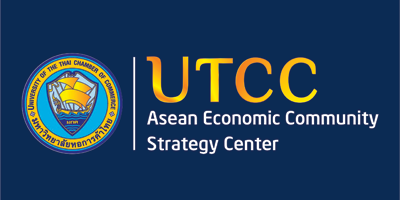Philippines: ‘PH must boost education for financial inclusion’
MORE needs to be done by the government and private sector in educating Filipinos for the country to achieve financial inclusion, the central bank’s 2014 Consumer Finance Survey (CFS) showed.
The efforts must focus on improving banking services, retirement programs and policies, and regulation of “shadow banking,” results of the latest quadrennial survey on consumer finance showed.
The majority of Filipino households, or 86 percent of the survey respondents did not have a deposit account. Simply put, only 14 percent save money in banks.
The survey showed most households did not have a savings account because of the following reasons:
• don’t have enough money to maintain an account
• no need for a bank or cash account
• nearest bank is far
• don’t know how to manage an account
• service charges are too high
• minimum balance is too high
• don’t like to deal with banks
• don’t trust banks
With a sample size of 18,000 households, the 2014 CFS covered all regions in the country, except Leyte province because of the displacement of households in the aftermath of Typhoon Yolanda in Nov 2013, Also excluded was the Autonomous Region in Muslim Mindanao (ARMM).
The Bangko Sentral ng Pilipinas (BSP) noted the 2014 survey was not comparable to the 2009 CSF because of the smaller sample size of 10,520 households. Also, the prior survey covered only Regions I, VII and XI.
Majority are unbanked
“Providing the unbanked, particularly those with not enough savings, the opportunity to open bank accounts will also create opportunities for them to earn more and save more,” according to the survey recommendation.
Supporting and intensifying the expansion of micro-banking offices (MBOs) in unbanked municipalities is one of the initiatives of the BSP to enable lower income individuals to open an account with a maintaining balance of less than P100 and without dormancy charges.
The infrastructure of both government and private banks may have to be expanded or created in terms of more branches, longer banking hours and upgraded interbank and payment and settlement network to accommodate the possible tripling or even quadrupling of the number of bank accounts, the survey noted.
“These steps are expected to strengthen the efforts and advocacy towards greater financial inclusion, especially among the lower income groups,” it added.
Retirement
The BSP survey also showed that the percentage of respondents with at least one retirement or insurance plan from both or either government or private companies stood at 24.2 percent of the total respondents in 2014.
Meanwhile, the percentage of respondents’ spouses with at least one retirement or insurance plan from both or either the government or private companies declined to 27.1 percent in 2014 from 44.9 percent in 2009.
Thus, the government must extend retirement programs and policies to cover more working and non-working Filipinos, according to the survey recommendations.
At present, a significant percentage of employees in both the government and private sector are not covered by retirement insurance. An even bigger percentage of those who worked for private households as well as the self-employed, homemakers and the unemployed is not covered, the survey showed.
“In view of this, the current retirement programs will have to be expanded to be able to increase retirement insurance coverage across employment status. More affordable retirement insurance programs may be formulated to enable those working for MSMEs, private households, the self-employed and homemakers to be covered by retirement insurance,” it suggested.
‘Shadow banking’
The survey noted the need to monitor credit through “shadow banking” transactions and the possible regulatory and supervisory infrastructure to monitor system-wide risk to particular sectors without reducing credit opportunities for consumers.
According to the CSF, 15.2 percent of households availed themselves of personal, salary, multipurpose, and business loans that were used primarily to start a business or expand. Others used the money to spend on education, settle debt, as well as cover medical and house improvement expenses.
The said loans were sourced mostly from money lenders, cooperatives, financing institutions, Social Security System and Pag-IBIG.
The survey said about eight different kinds of assets of households were used as collateral on their loans, with the “Sangla ATM” as the most used form of collateral of 39.9 percent of the borrowers, followed by land (22.5 percent), appliances (11.7 percent), vehicles (7.7 percent) and harvest (6.0 percent).
As the economy continues to expand, the survey noted that lending activities by non-banks – particularly lending institutions – could increase significantly, underscoring the need to look into the potential risks of overexposures to certain sectors, like real estate as well as the financial soundness of loan practices and transactions of non-banks.
“Moreover, the linkage and degree of exposure of banks to non-bank institutions (financial and non-financial institutions) which provide in-house financing has to be measured and monitored regularly so that the appropriate and timely mechanism and policies could be crafted and put in place to effectively manage credit risks,” it said.
Source: http://www.manilatimes.net/ph-must-boost-education-financial-inclusion/306850/


 Thailand
Thailand




